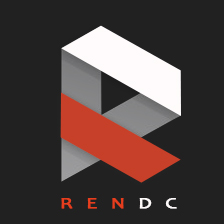1⟩ Describe the differences between XML and HTML?
t's amazing how many developers claim to be proficient programming with XML, yet do not understand the basic differences between XML and HTML. Anyone with a fundamental grasp of XML should be able describe some of the main differences outlined in the table below.
Differences Between XML and HTML
XML
► User definable tags
► Content driven
► End tags required for well formed documents
► Quotes required around attributes values
► Slash required in empty tags
HTML
► Defined set of tags designed for web display
► Format driven
► End tags not required
► Quotes not required
► Slash not required


